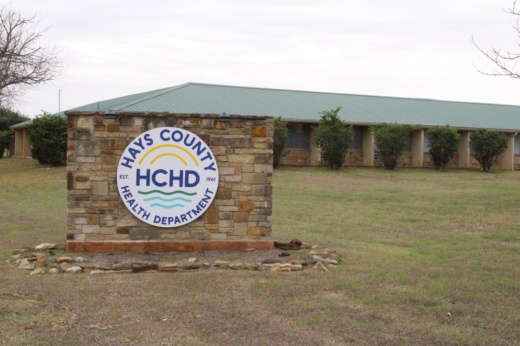After a yearlong collaboration between the Hays County Health Department and the Central Texas Food Bank, or CTFB, the Hays County Commissioners Court received a presentation on the Hays County Community Food Needs Assessment from CTFB at its Feb. 11 meeting.
The overview
As part of the community needs assessment, the CTFB conducted a community profile analyzing population characteristics and the local food system, facilitated community discussions and neighbor surveys, conducted stakeholder interviews, and held three focus groups.
The assessment found that the county has a 15.9% food insecurity rate and a 12.9% poverty rate.
The report highlights that 1 in 6 Hays County residents experience food insecurity, with many more likely facing barriers to accessing affordable and nutritious food. However, Hays County has lower rates of food insecurity, SNAP enrollment and households without vehicles compared to Central Texas as a whole, despite having a slightly higher poverty rate.
According to the needs assessment survey, 1 in 4 food-insecure Hays County residents make monthly tradeoffs between food and expenses such as insurance, housing, utilities or transportation. Additionally, more than 1 in 3 food-insecure respondents would be unable to afford an unexpected $400 emergency.
Precinct 3 Commissioner Morgan Hammer said that seeing the data reflect how many people are impacted by food insecurity in Hays County is pivotal.
“This is our first step in trying to solve all these different problems and equations. ... No one in Hays County should go without a meal,” Hammer said.
Digging deeper
Drivers of food insecurity in Hays County include rising food prices, the increased cost of living, rapid population growth outpacing infrastructure, and the lingering effects of the COVID-19 pandemic, along with economic instability.
The needs assessment also found that certain communities are disproportionately affected by food insecurity, including:
- Older adults
- Families with children
- Black and Hispanic residents
- Migrant and unhoused populations
- Formerly incarcerated individuals
- College students
- Residents with chronic health conditions or disabilities
- East Hays County
Also of note
Food environment challenges identified in the assessment include the high cost of nutritious food, limited access to grocery stores, and transportation barriers.
The presentation highlighted that rising food prices have made healthy options “out of reach” for many residents, with some struggling to find food that meets their health conditions or cultural needs.
Survey results reflected this issue, as three-quarters of respondents reported that in the past year, it was “somewhat-to-very-difficult” to regularly access and eat healthy food.
Retail access challenges include a lack of full-service supermarkets, with the average household of three sharing one vehicle and traveling 8 miles to the nearest grocery store.
Transportation issues also play a significant role, as more than 1 in 4 residents struggle to access food easily. Most transportation budgets are allocated to commuting for work, highlighting the need for improved intra-city public transportation solutions.
What are the options?
The presentation highlighted a network of helpful organizations already in Hays County, including:
However, the presentation states that “charitable food alone cannot resolve systemic food access challenges.”
The presentation suggested that the county invest in key infrastructure, including public transit and grocery retail, advance county-level coordination, protect and support local agriculture, explore zoning policies that incentivize equitable food access, and activate “Food Is Medicine” initiatives.
The background
Established in 1981, the Central Texas Food Bank serves 21 counties and is the largest hunger relief organization in Central Texas. It is also the region’s only Feeding Texas and Feeding America member food bank, serving approximately 93,000 people each week, according to a Commissioners Court presentation.
Community needs assessments help identify gaps and opportunities to guide policy and advocacy, resource investment, strategic partnerships, and both upstream and downstream initiatives. Hays County was the first county where CTFB conducted a needs assessment.





